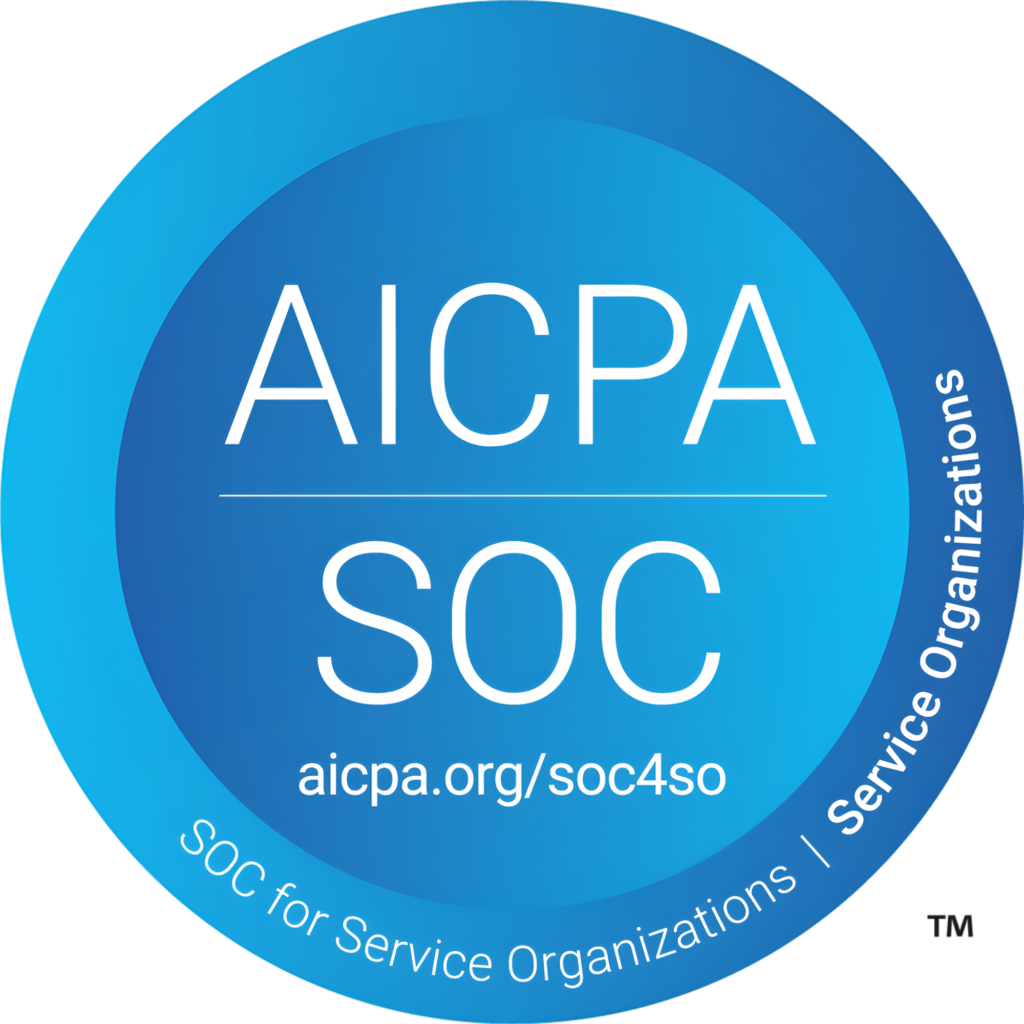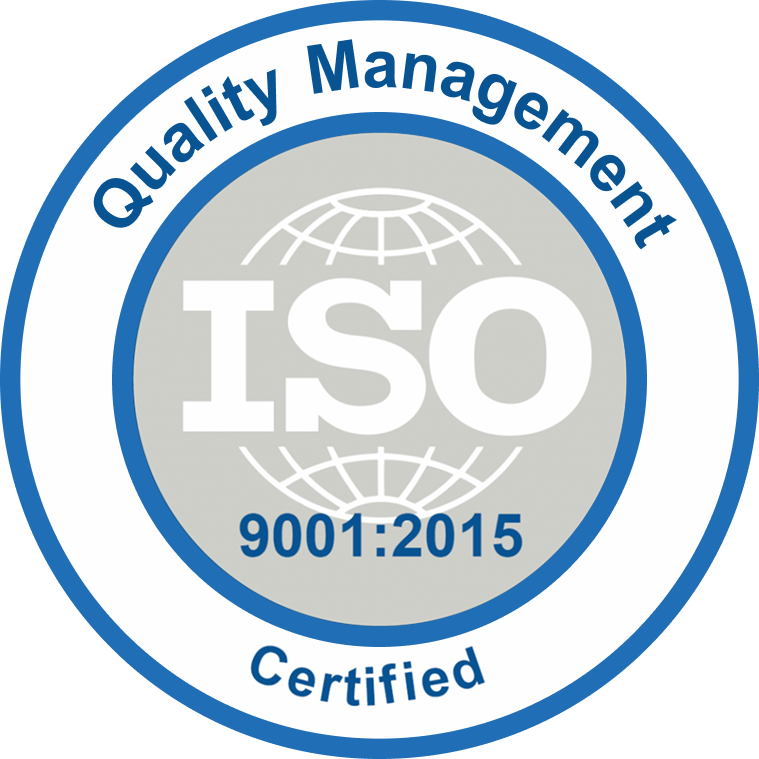Kubernetes manages an application’s entire lifespan. It goes without saying, with all of its capability, an operational paradigm that offers the best set of tenets for its CI/CD (continuous integration, continuous delivery) pipeline is mandatory.
GitOps acts as the conceptual underpinning for obtaining and enriching CI/CD for Kubernetes. It does this by eliminating the manual processes from Kubernetes deployments. GitOps speeds up application development while maintaining security with its approaches. It is also easy to rapidly undo infrastructure modifications and smoothly integrate automation into the workflow.
Furthermore, GitOps provides significant gains in agility that inevitably enhances Kubernetes usage.
Continue Reading
The Key Principles of GitOps
GitOps operates on certain principles that are essential for Kubernetes to leverage continuous integration and continuous deployment. The same has been described below:
Declaratively Stated
- Declarative configuration ensures a collection of facts rather than a set of commands.
- It targets the final configuration in order to attain the desired state rather than focusing on what the process should look like.
Single Source of Truth
- GitOps uses a version control system as a single source of truth.
- It aids in comparing configuration changes and provides an audit trail to facilitate misconfiguration tracking.
Changes are Confirmed for Instant Application
- Once a pull request or a merge request have been evaluated and incorporated into the configuration; it is delivered straight to the system.
CI/CD Pipeline of Kubernetes without GitOps
By default, Kubernetes follows push-based deployments. It is characterized as unilinear and unidirectional. It begins with the developer and proceeds through all of the CI phases. But here is the thing, it is also the same CI tool managing the application’s continuous deployment in its target environment.
This approach is not efficient due to the following shortcomings:
- The CI/CD tool requires credentials from the target environment.
- The CI tool is unable to spot the difference between the desired and current state, prompting the need for a second tool to track the application’s status.
- Without some type of client/server communication, push systems do not provide a way to run a server and setup itself.
- Lastly, when working with dozens of servers, a push system begins to reveal its limitations and demands an extensive use of threading or multi-processing.
CI/CD Pipeline of Kubernetes with GitOps
With a GitOps framework, Kubernetes is able to utilize pull-based deployments. The inclusion of two repositories at the outset and conclusion of the CI process is the first major distinction between the pull-based model offered by GitOps and the push-based model.
In this approach, the CI tool is no longer in charge of deployment. Alternatively, it is the responsibility of an operator. It will guarantee that the present state of the environment agrees with that of the repository environment. Otherwise known as the intended state, by checking for adjustments implemented in the registry docker and in the repository landscape.
Evidently, this approach is truly efficient unlike the default deployment model of Kubernetes due to the following reasons:
- Each time you want to release an updated version of the application, you can send it to the repository along with the settings.
- The operator in charge of the CD process then makes adjustments to the cluster. As a result, it executes the deployment of the updated version rapidly.
- Furthermore, the declarative paradigm on which the operators’ work increases efficiency.
- Finally, the pull approach offered by GitOps improves system security by removing the need to access Kubernetes APIs for continuous integration (CI).
To summarize, GitOps controls the entire pipeline. As a result, CI/CD pipelines of Kubernetes are powered by pull requests and their operations are completely repeatable using Git!
Release the True Potential of CI/CD on Kubernetes with our GitOps Solutions!
When it comes to ‘continuous everything’ on Kubernetes, GitOps is the proven strategy. And when it comes to choosing the best GitOps solutions, we are the most preferred!
There is no standard approach that can accomplish everything essential in your Kubernetes CI/CD pipeline. But our GitOps framework will allow you to select the appropriate tools for the various stages to accomplish everything.
Whatever your needs might be, our GitOps framework will unleash the power of continuous integration and continuous delivery and be an intrinsic part of your Kubernetes’ operations.

